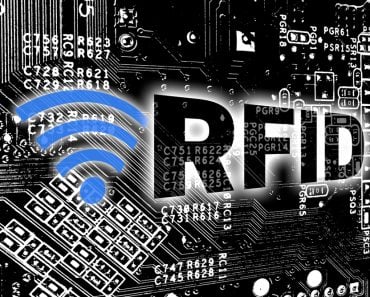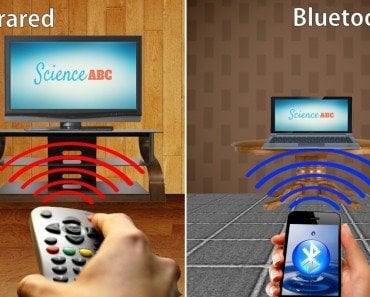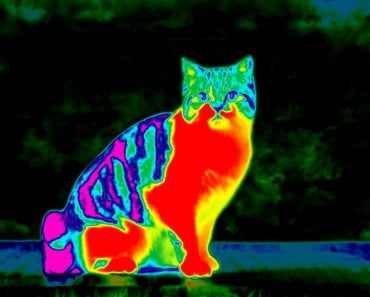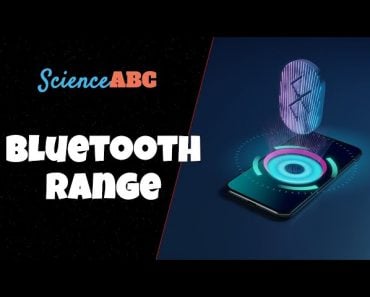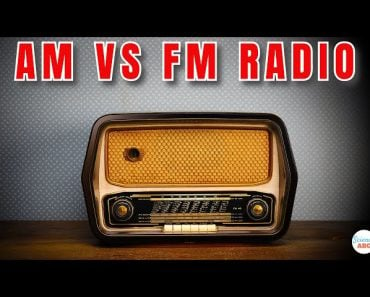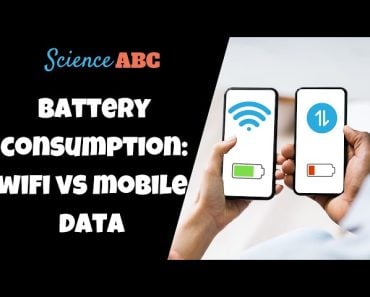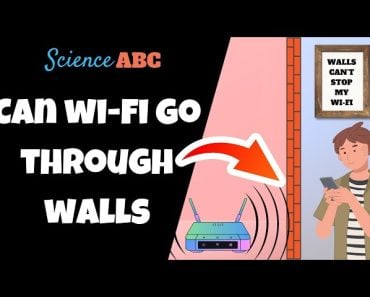Table of Contents (click to expand)
A remote keyless entry system consists of a remote, which, when activated within a certain range, can lock, unlock and perform various other functions within a car. Such a remote consists of a short-range radio transmitter that sends radio waves to a receiver unit inside the car, which triggers the aforementioned functions.
A remote keyless entry system consists of a remote, which, when activated within a certain range, can lock, unlock and perform various other functions within a car. Such a remote consists of a short-range radio transmitter that sends radio waves to a receiver unit inside the car, which triggers the aforementioned functions.
Unless you’ve been living under a rock all these years, you have surely seen people exiting their cars and pressing a button on their remotes (often called “fobs”), which makes their cars produce a distinctive chirping sound and makes their lights flash.
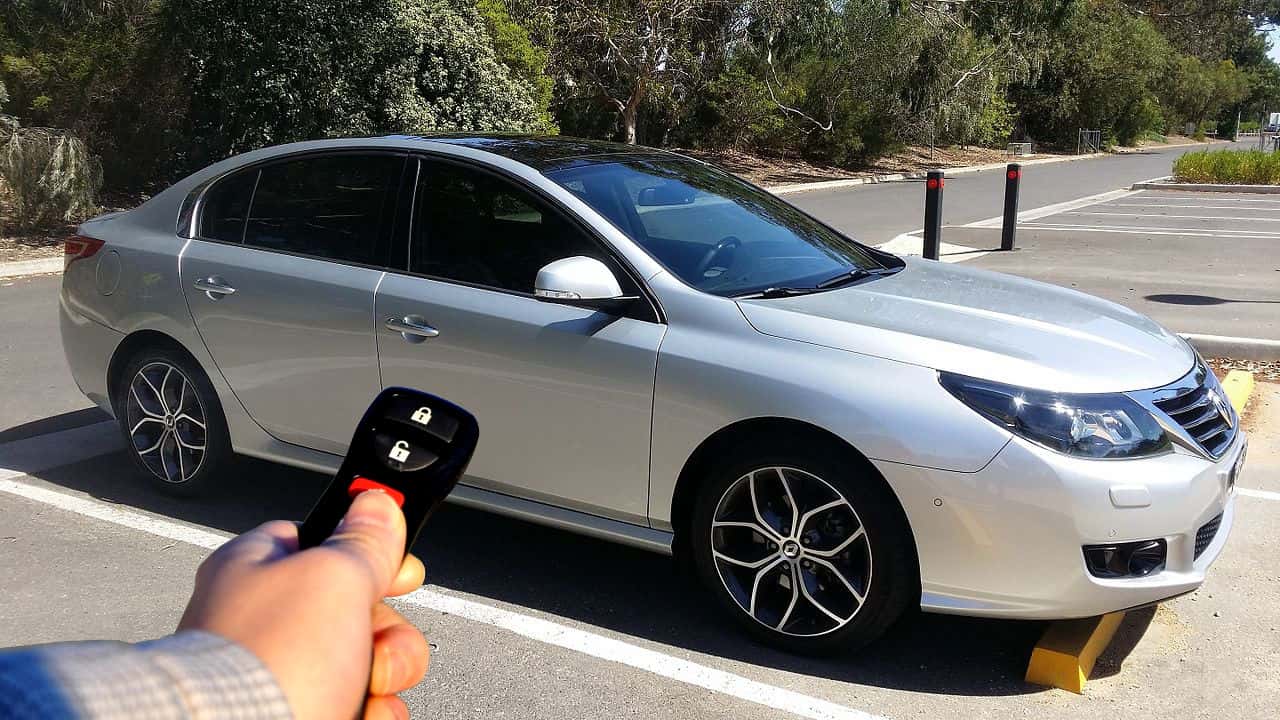
Similarly, people do the same thing when returning to their vehicles. Press a button, hear a chirp and see a flash of lights – and voila! The car is unlocked!
You likely know that such a ‘car remote’ helps to lock and unlock a car, but do you know how it works? How can it tell the car to lock/unlock doors from a distance of a dozen feet or more?
Recommended Video for you:
How Does A Remote Keyless System Work?
A remote keyless system works with the help of radio waves, which are a type of electromagnetic radiation. A ‘car remote’ works on the same principle as a regular TV remote.
In the case of a TV remote, all you have to do is press a few buttons to power it up/down, change the channel, increase/decrease volume and do a bunch of other stuff. Similarly, a car remote helps you to lock or unlock your car, pop open its trunk, start its ignition, and do some really fancy stuff (in high-end models) at the touch of a few buttons.
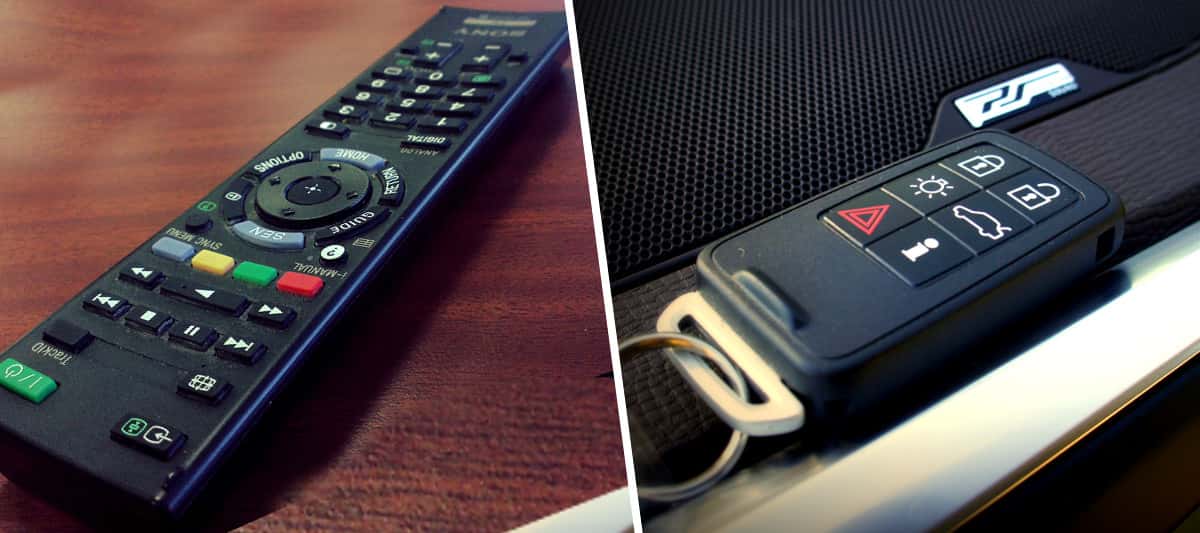
Also Read: How Do Radio Stations Transmit The Name Of The Song That’s Currently Playing?
The Role Of Electromagnetic Radiation
In the old days, when telecommunication technology was in its nascent stages, we communicated and transferred information over long distances primarily through wires. Needless to say, all of that has changed now. In the modern world, the state of affairs is such that a majority of the entire world’s digital communication is conducted without wires; instead, electromagnetic radiation plays a critical role. In fact, it would be fair to say that electromagnetic radiation is the backbone of almost all exchanges of digital information that takes place wirelessly.
You may recall from your high school science classes that there is something known as the ‘electromagnetic spectrum’, which is composed of different types of electromagnetic radiation.
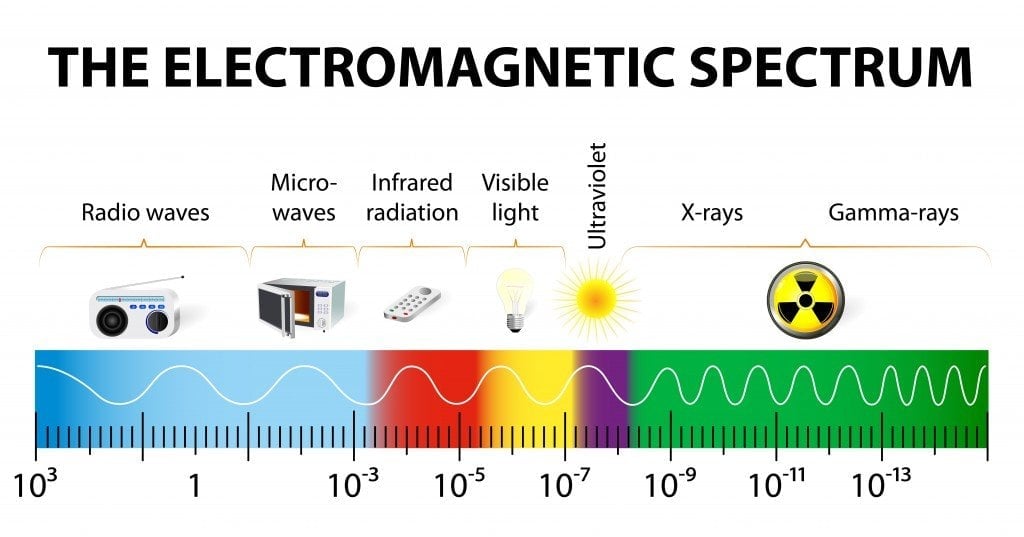
As you can see from the image above, radio waves occupy the first spot in the spectrum, meaning that they have the longest wavelengths. Radio waves are used in many different devices, and keyless remotes for cars are no exception.
Also Read: How Does Radar Work?
The Keyless Remote Is Actually A Radio
The tiny ‘car remote’ for your car consists of a short-range radio transmitter. When the remote is within a specific range (typically, 5-20 meters) of your car and you press one of its buttons, a coded signal, embedded in radio waves, is sent to a receiver unit installed inside your car. The receiver unit then decodes and translates that signal, which consequently locks/unlocks the doors of the car.
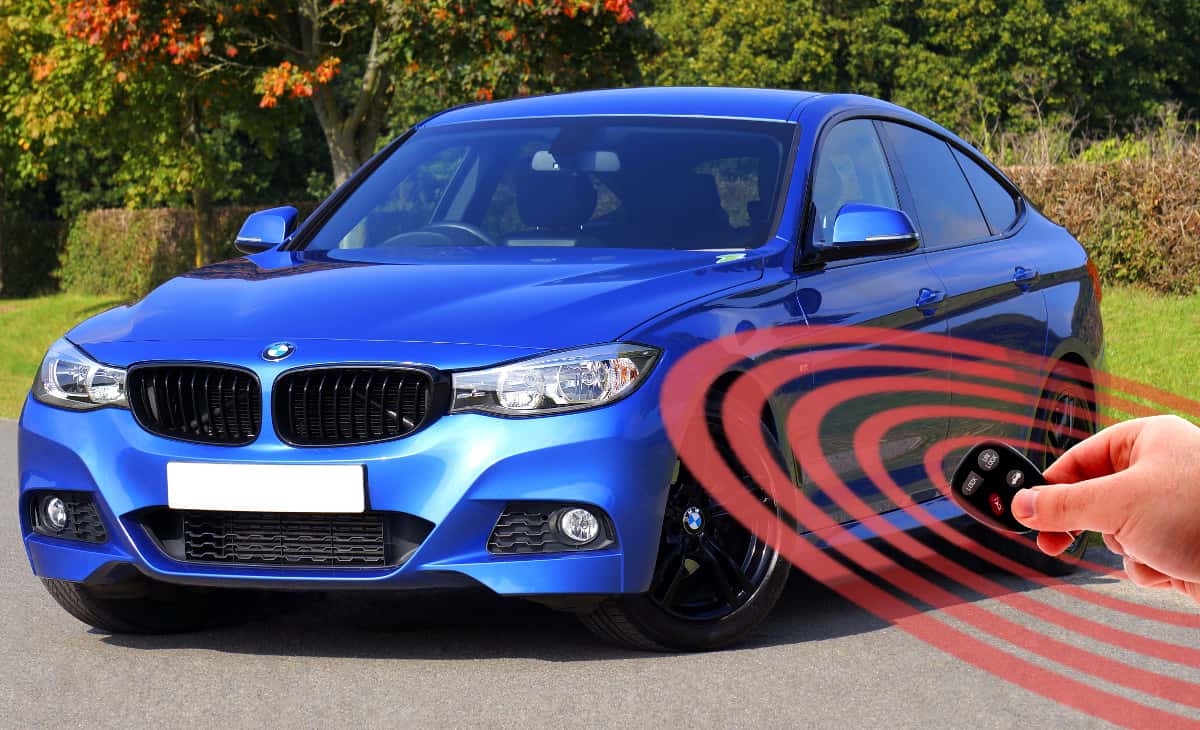
Most remote keyless entry systems operate at a frequency of 433.92 MHz for Japanese, European and Asian cars and 315 MHz for North American cars (Source). Also, modern car manufacturers implement encryption in their keyless remotes to prevent the interception of radio signals that are produced by the remotes, which greatly helps to prevent the theft of cars by using some other vehicle’s keyless remote.
Passive Keyless Entry (PKE)
There is a separate variety of keyless car remotes that fall under the category of Passive Keyless Entry (PKE) systems. First designed by Siemens in 1995 and launched in 1997 by Mercedes Benz, it is considered to be a step up from RKE systems. A remote of this category is commonly referred to as a smart key (also called an ‘advanced key’ or ‘hands-free’ key).
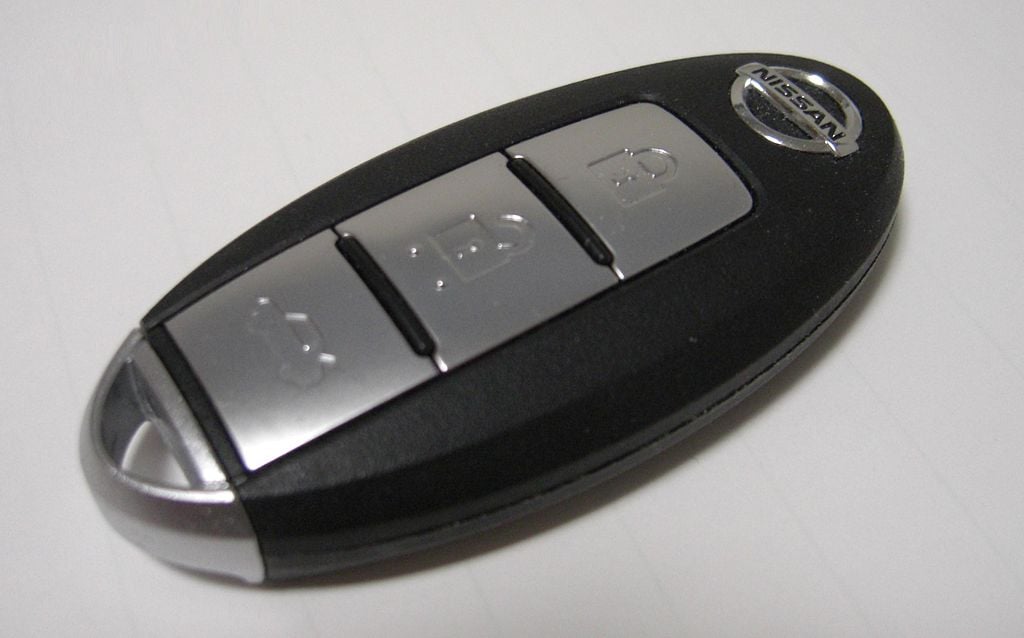
Unlike regular RKE remotes, PKE devices don’t typically require you to push any buttons to lock/unlock your car. This is because, in addition to a radio transmitter, it also contains a receiver. The transponder (a combination of the words ‘transmitter’ and ‘responder’) inside the smart key doesn’t need a battery to work.
It allows the user to keep the key fob in their pocket while approaching the car, as the transponder inside the fob communicates with the receiver system of the car to open the doors and even activate the ignition from a distance. Furthermore, it does the latter without requiring the user to put the key in the ignition! To lock the car, the user can press a button on one of the door handles, touch a capacitive area on a door handle, or simply walk away from the car.

